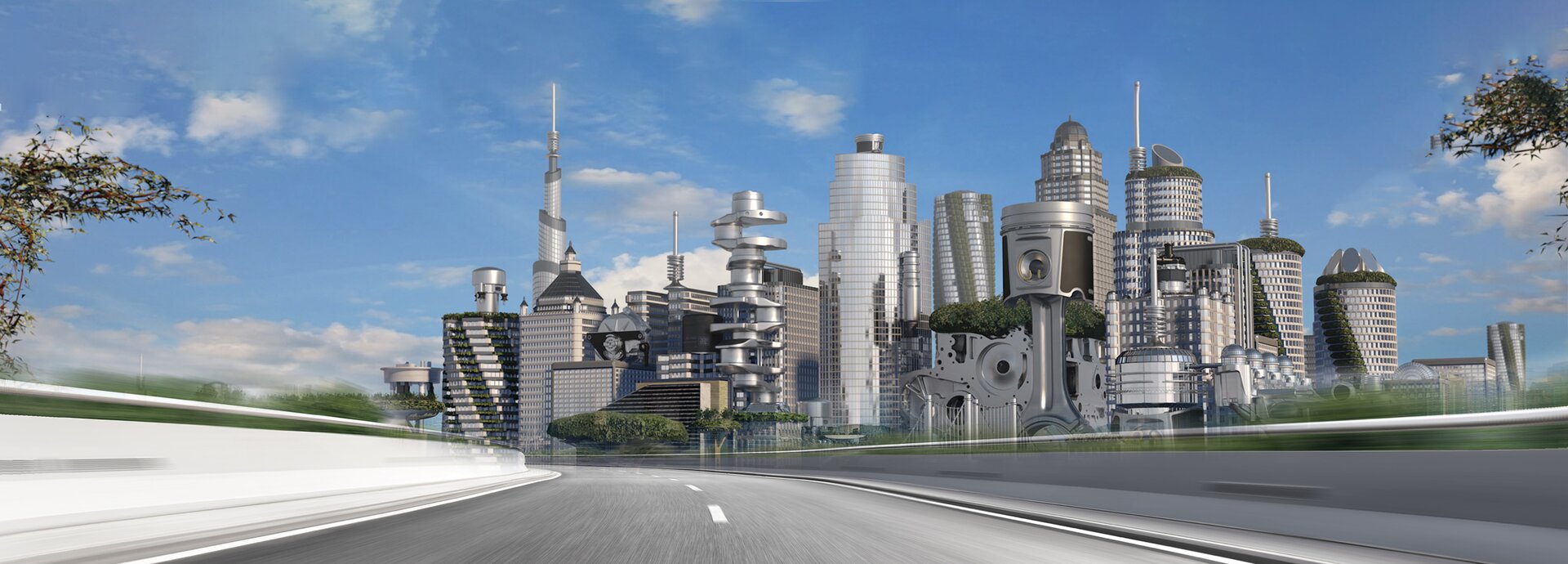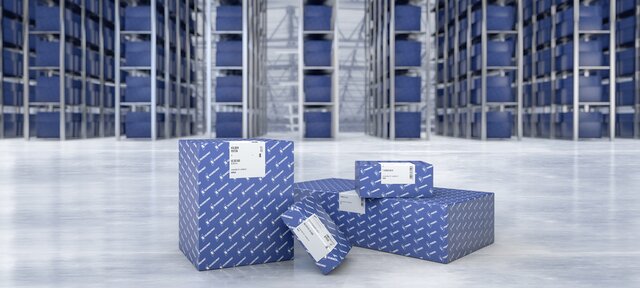
MS Motorservice Brazil
Seu especialista em componentes do motor
Links rápidos

Informações técnicas
Da prática para a prática

Videos técnicos
Instalação profissional claramente explicada

Tecnipedia
Informações técnicas sobre o motor

Aplicativo Motorservice
Se você instalar o aplicativo agora, você terá as informações de que precisa em qualquer lugar

Proteção da marca e embalagem
Recursos de segurança e verificação on-line

Loja online
Toda a nossa variedade de produtos – apenas a um clique de distância
Imprensa e informação
Produtos e marcas






